Spotted bollworms: Earias vittella, Spiny bollworm: Earias insulana |
Symptom of damage
-
Drying and drooping of terminal shoots during pre-flowering stage
-
Shedding of squares and young bolls
-
Flaring up of bracts during square and young boll formation stage
-
Holes on bolls and rotting of bolls
|
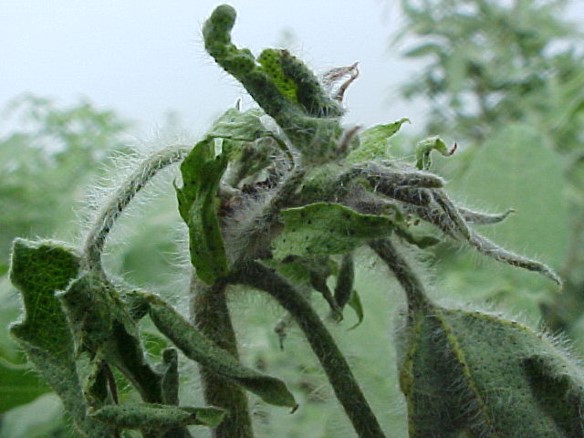 |
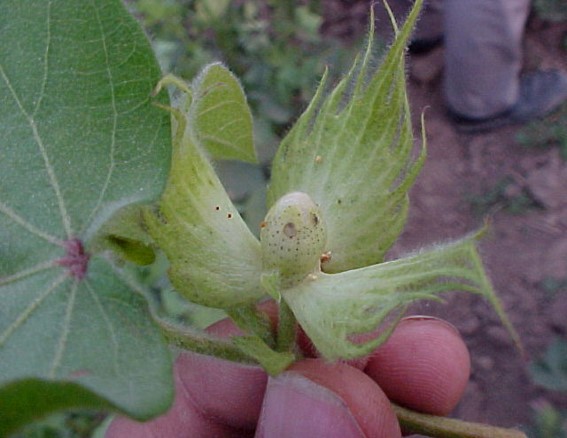 |
Drying - terminal shoots |
Bore holes and rotting |
|
Identification Characters and Biology
Economic threshold level: ETL: 10% infested shoots / squares / bolls.
Identification of the pest: E. insulana
-
Larva: Brown with dorsum showing a white median longitudinal streak. The last two thoracic segments and all the abdominal segments have two pairs of fleshy tubercles (finger shaped processes) one dorsal and the other lateral. Pupa: brown and boat shaped. Adults: Small buff coloured. Forewings are uniformly silvery green.
-
Eggs are laid singly on young shoots and further on peduncles and bracteoles or squares (flower buds) and young bolls as they are formed. Egg period: 2-3 days, larval period: 10-12 days; Pupal period: 7-10 days and adult longevity: 7-10 days.
|
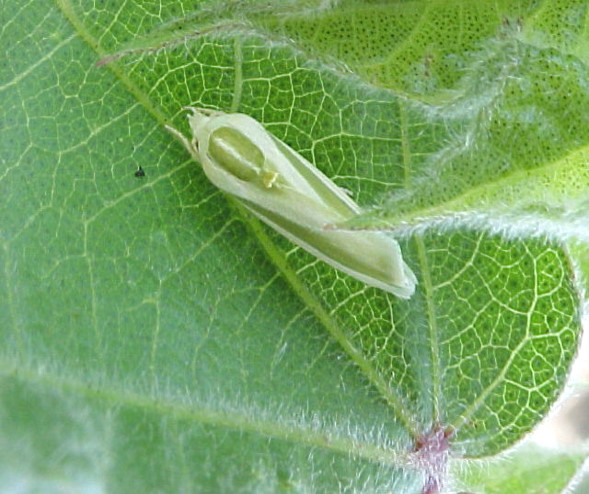 |
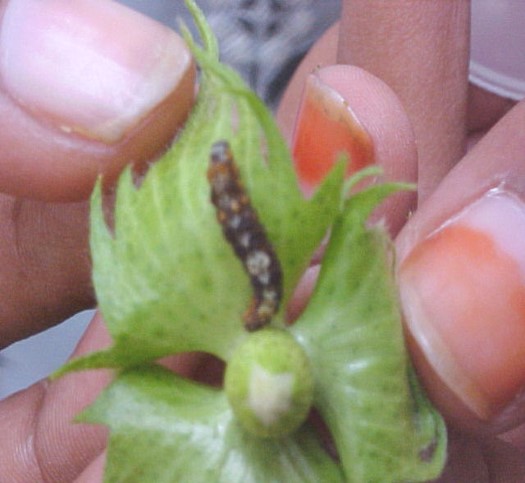 |
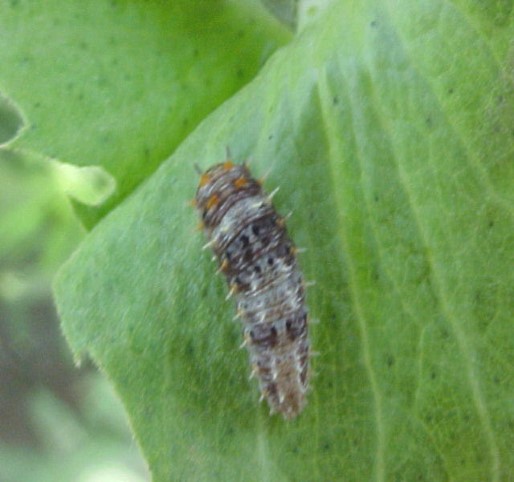 |
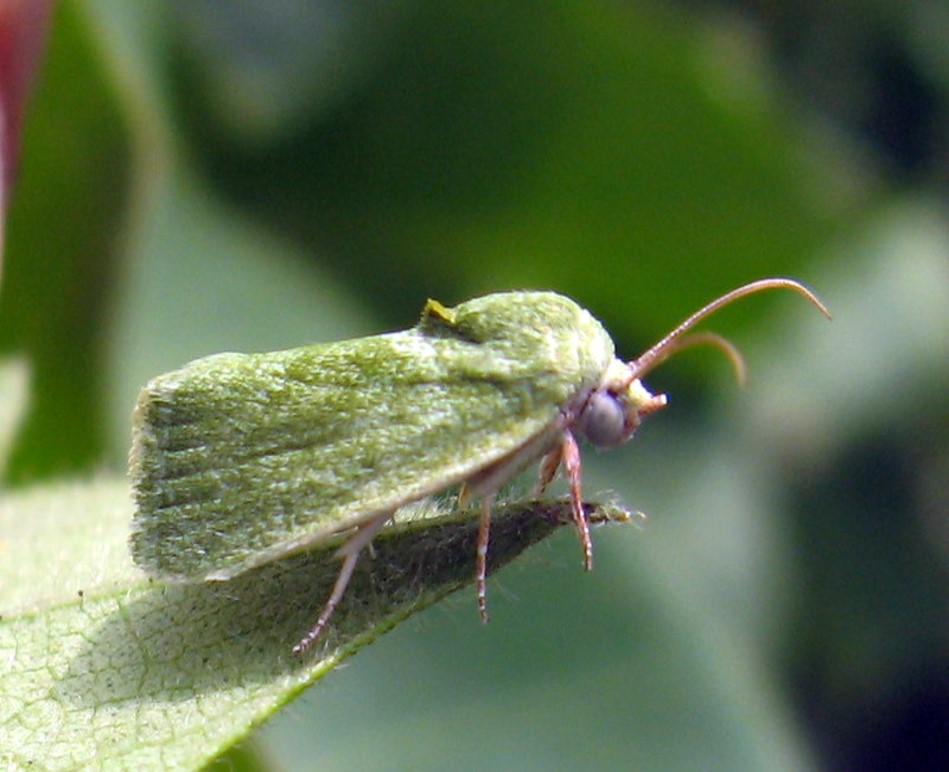 |
E. vitella - Larva |
E. vitella - Adult |
E. insulana - Larva |
E. insulana - Adult |
|
Integrated Management
-
Collection and removal infested squares and flowers.
-
Alternate crops should be removed.
-
Application of Bacillus thuringiensis var. kurstaki 5% WP300-400g / acre or
-
Spray any one of the following insecticides viz.,
-
Flubendiamide 39.35%SC40-50 ml/acre or Chlorantraniliprole 18.5% SC 60 ml/acre or
-
Indoxacarb 14.5%SC 200ml/acre or Diflubenzuron 25%WP 120-140g/acre or Fipronil 5% SC 800ml/acre or Spinetoram 11.7 % SC @ 168-188 ml/acre.
|






